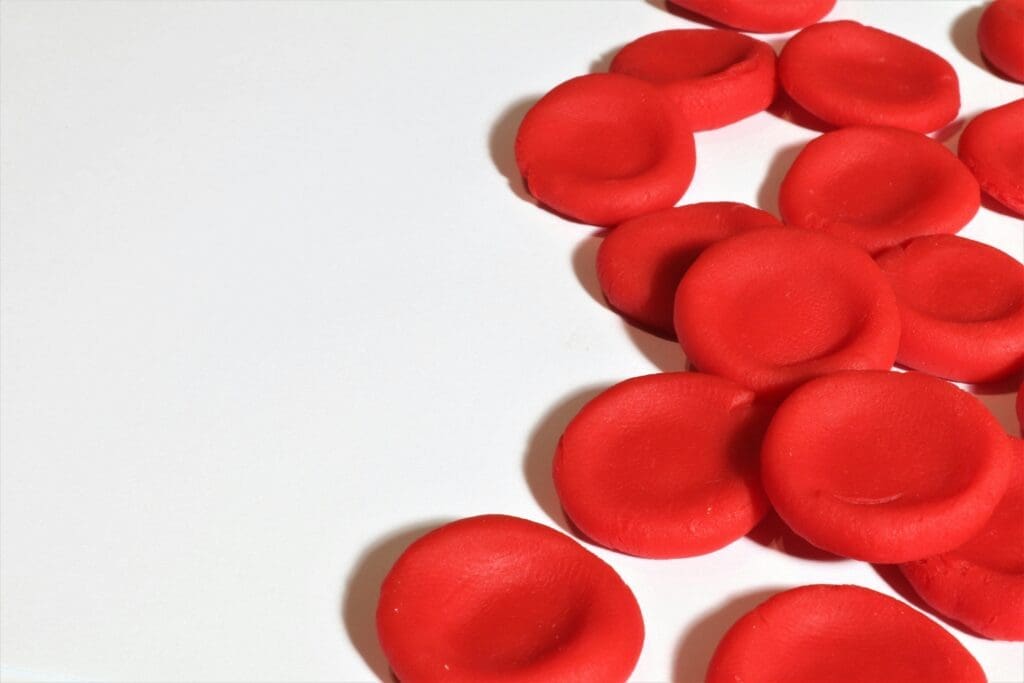DKLM 2025: New Method Comparison for the Measurement of Residual Leukocytes in Blood Products Presented
At the German Congress of Laboratory Medicine (DKLM) 2025 in Leipzig, a team of researchers presented a study that compares two systems for determining residual white blood cells in platelet and erythrocyte concentrates. The study aims to support compliance with German guidelines for hemotherapy, which prescribe a limit of a maximum of one million residual leukocytes per unit. Transfusion services require precise measurement methods for this.
The study, conducted by the Institute of Clinical Chemistry and Laboratory Medicine of the University Medical Center Oldenburg and the German Red Cross Blood Transfusion Service NSTOB in Springe, uses a bead-based flow cytometric method as a reference method. This is based on a cytometer. In comparison, a fully automatic microscopic analyzer and a hematology analyzer in blood bank mode are compared.

In the methods, plasma with whole blood was added to a concentration of 20 leukocytes per microliter and measured in a serial dilution down to 0.3125 leukocytes per microliter to test linearity. Each dilution series was prepared and analyzed three times. To determine the precision, ten consecutive measurements were taken on erythrocyte concentrates and apharetic platelet concentrates, which were mixed with whole blood to concentrations of three, five and ten leukocytes per microliter. These values are close to the defined limit.
The results show clear linear progressions with correlation coefficients above 0.995 for all three systems. Precision analysis showed median coefficients of variation for the reference system of 7.3 percent for erythrocyte concentrates and 6.3 percent for platelet concentrates. The microscopic analyzer had scores of 7.1 percent and 3.8 percent, respectively, while the hematology analyzer scored 10.2 percent and 10.1 percent, respectively. Mean values of the measured concentrations were in a range with deviations of up to 40 percent from the target value for all systems, with the hematology analyzer tending to provide higher counts in critical areas.
In summary, the tested systems are considered suitable for everyday use in the measurement of mixed routine blood products. The data is more similar to the reference method and the microscopic analyzer, with the fully automated microscopic analyzer producing the most consistent results. Higher counts by the hematology analyzer at the limit are a burden, but could lead to more deviations from specifications in high-throughput environments without undercounting. The speed of the hematology analyzer could be an advantage, a combination with another system for checking deviating results is being considered.
The presentation underlines the importance of reliable measuring systems for quality assurance in blood donation and transfusion medicine.
Read Also:
DKLM 2025: Exclusive interview with Prof. Uta Ceglarek and Prof. Berend Isermann ã MedLabPortal
Editor: X-Press Journalistenbû¥ro GbR
Gender Notice. The personal designations used in this text always refer equally to female, male and diverse persons. Double/triple naming and gendered designations are used for better readability. ected.




